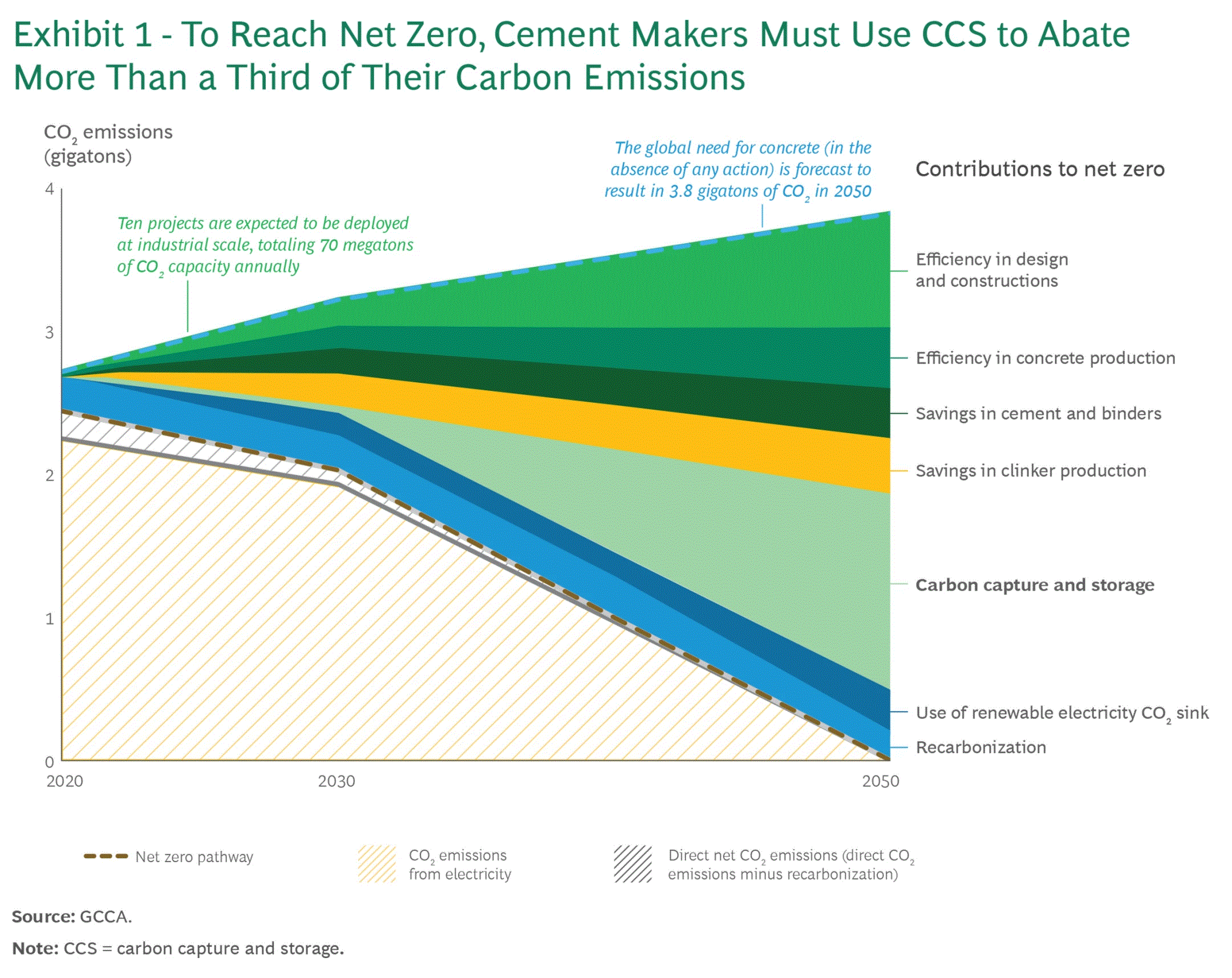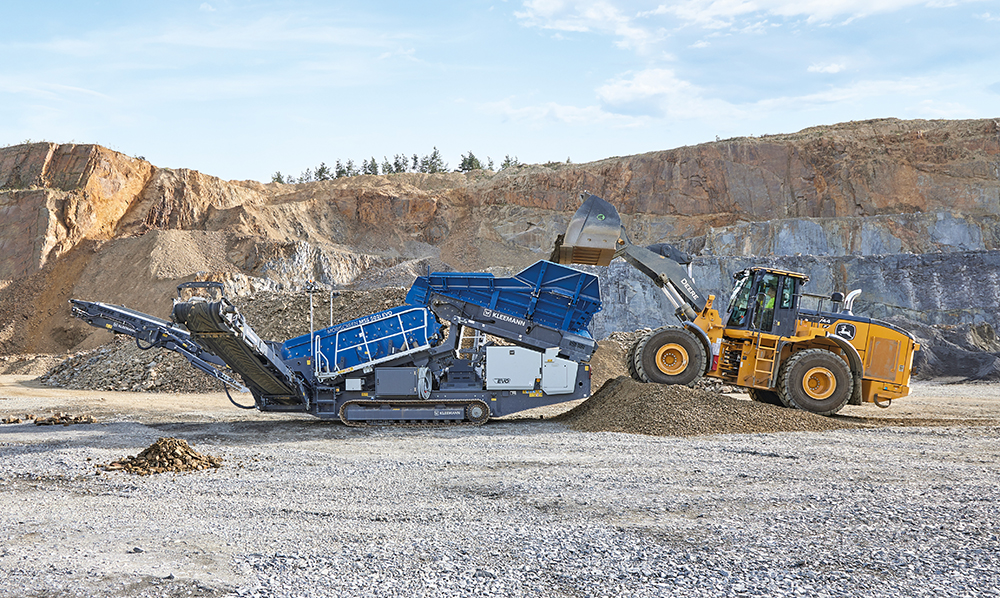
That is one of the chief findings in new research from the global management consultants Boston Consulting Group (BCG).
The research states that, to meet the industry’s net zero commitments, more than a third of these emissions - 1.4 gigatonnes - will need to rely on scaling up Carbon Capture and Storage (CCS) technology.
BCG adds that Carbon Capture and Storage capacity is currently at just 19 million tonnes per year but will need a 74-fold increase to reach an estimated 1.4 gigatonnes by 2050 just to meet demand from the concrete industry.
The report predicts that the cost of Carbon Capture and Storage will drive an increase in the price of cement from US$90 to US$130/tonne now, to at least US$160 to US$240/tonne by 2050.
The report authors state: "The only realistic way to fully abate those emissions and meet the industry’s 2050 net zero goals involves scaling carbon capture and storage (CCS) to an industrial level. Industry experts expect this effort to require more than $1 trillion of capital deployment over the next 25 years.
"For the industry to reach net zero in 2050, sufficient CCS capacity must be available to abate more than 35% of its GHG emissions—and its implementation will transform the industry’s cost structure and traditional sources of competitive advantage."
Today, most cement is consumed within 200km of where it was produced, since the most cost-effective way to supply it is by serving local demand, thus minimizing transport costs. Only around 5% of the world’s total cement production is traded across country borders. The BCG report says the cost of CCS technology will change all that. Cement production costs will vary considerably depending on local access to CO2 storage capacity, proximity to industrial CCS hubs, and the cost and availability of the green energy needed to produce cement. This in turn will transform the industry’s global geographical footprint from an almost entirely local industry to one where the advantage goes to low-cost producers, wherever they are.
The report also examines issues like the impact of rising energy, transport and infrastructure costs, and areas like the Middle East which will likely become hubs for Carbon Capture and Storage sites. Many parts of Europe face competitive challenges due to much higher energy costs and further locations from suitable CO2 storage sites.


![The WCA's Ian Riley said: "The inclusion of cement in the Chinese ETS [emissions trading scheme] is a critical and long-awaited step." The WCA's Ian Riley said: "The inclusion of cement in the Chinese ETS [emissions trading scheme] is a critical and long-awaited step."](/sites/agg/files/styles/sidebar_content/public/2024-09/WCA-Ian-Riley.jpg?itok=A5jABSAO)











